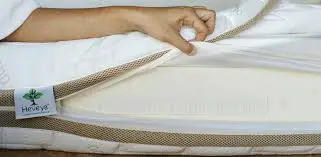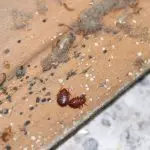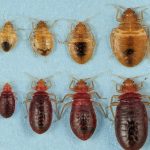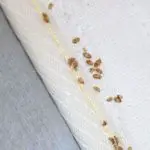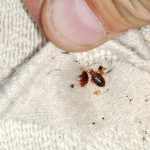What Can You Use on Bed Bugs?
Bedbug control methods include a variety of natural and organic products. While these products are not regulated by the EPA, they are often marketed as natural remedies. They contain mixtures of plant oils, which often have a strong odor when applied. However, the effectiveness of these products needs further research.
It is important to separate treated furniture from untreated furniture in a room. Treating only half of a room can cause the bedbugs to come back. Also, when treating clothing, place it in a clear plastic bag. This can help prevent cross-contamination. Afterward, you can remove the bags and wash the affected items in hot water and rubbing alcohol.
When treating bedbug infestations, it is important to locate all life stages. Adult female bedbugs lay one to two eggs daily and can lay hundreds over their lifetime. The eggs are whitish and sticky. They hatch in a week at room temperature and emerge as tiny, whitish nymphs. Nymphs shed their skin up to five times before reaching adulthood.
One of the most effective and non-toxic treatments for bed bugs is called the Cryonite treatment. The process uses special equipment to convert liquid carbon dioxide into dry ice snow. This snow has a temperature of -110 degrees Fahrenheit, below the tolerance of bedbugs. As a result, Cryonite kills bedbugs and their eggs on contact. Another advantage of this method is that it does not leave any chemical residue and does not affect the environment. It is also very effective and reduces the chances of the infestations returning.
